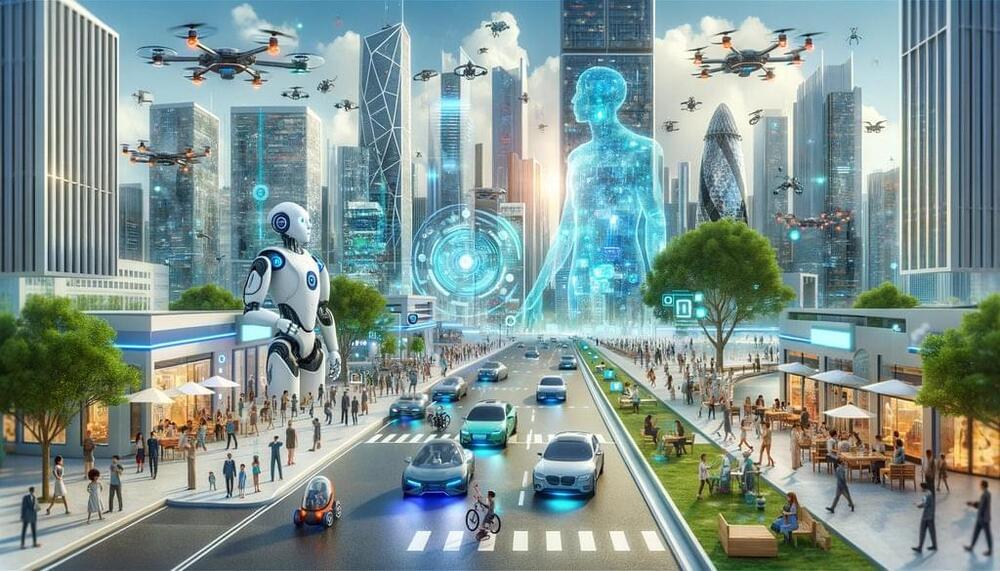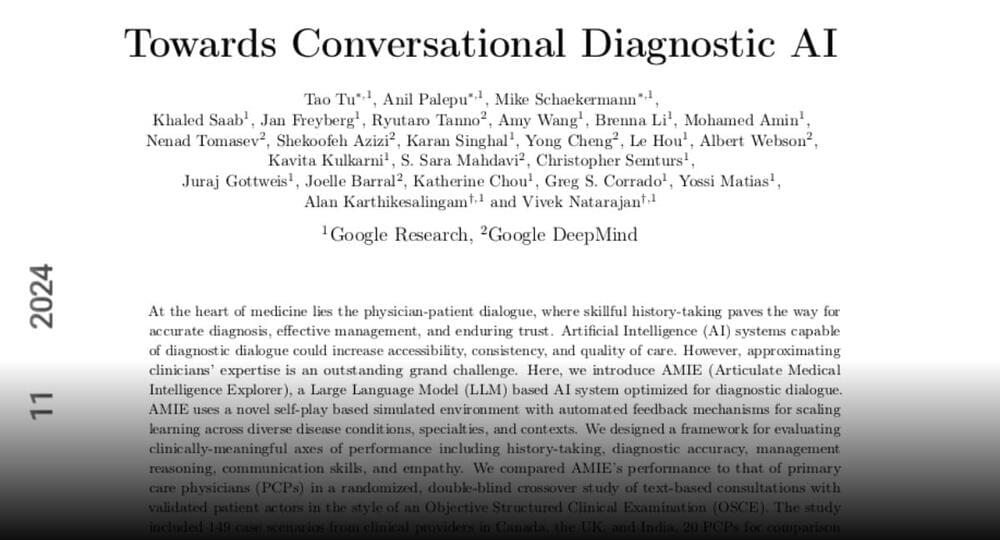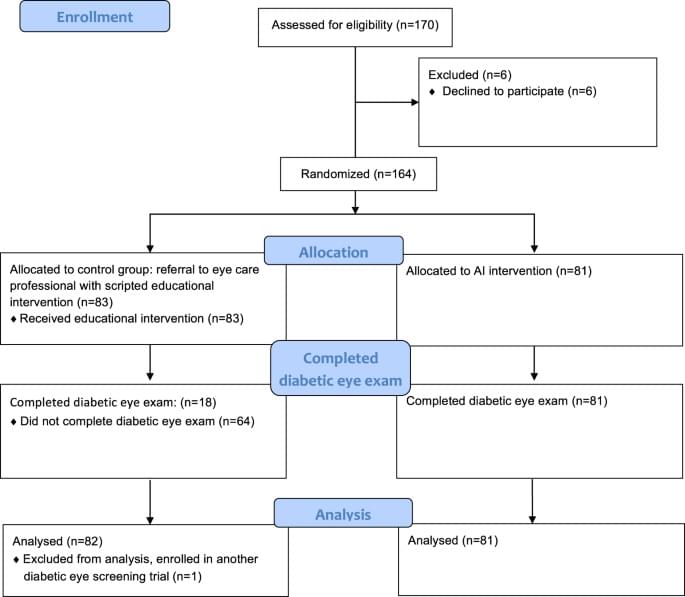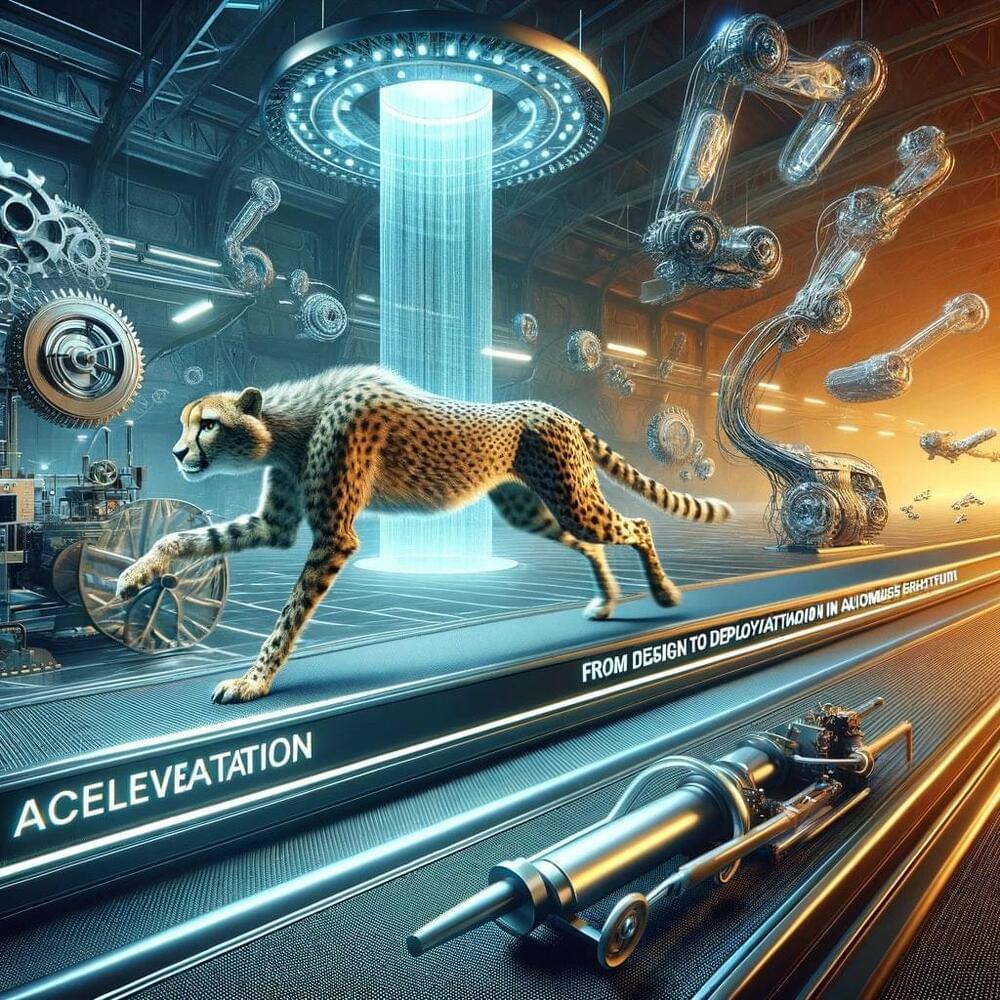The Inevitable Shift towards Machine Labor.
Impact Multiplier of Artificial Cognition and Synthetic Minds.
Economic Benefits of Cognition and Embodied Services.
Addressing Displacement with UBI Funded with Cognitive Services Impact Multipliers.
Navigating the Future with AI, Robotics, and UBI
Introduction.
In the context of the inevitable shift from human labor to machines, particularly in the realm of cognitive and physical tasks, the introduction of advanced technologies like Tesla’s Optimus robot and the development of artificial cognition and synthetic minds carry profound implications.
The Inevitable Shift towards Machine Labor.
The transition from human to machine labor in both cognitive and physical domains is becoming increasingly unavoidable. Technologies like Tesla Optimus represent a significant leap in this direction.







